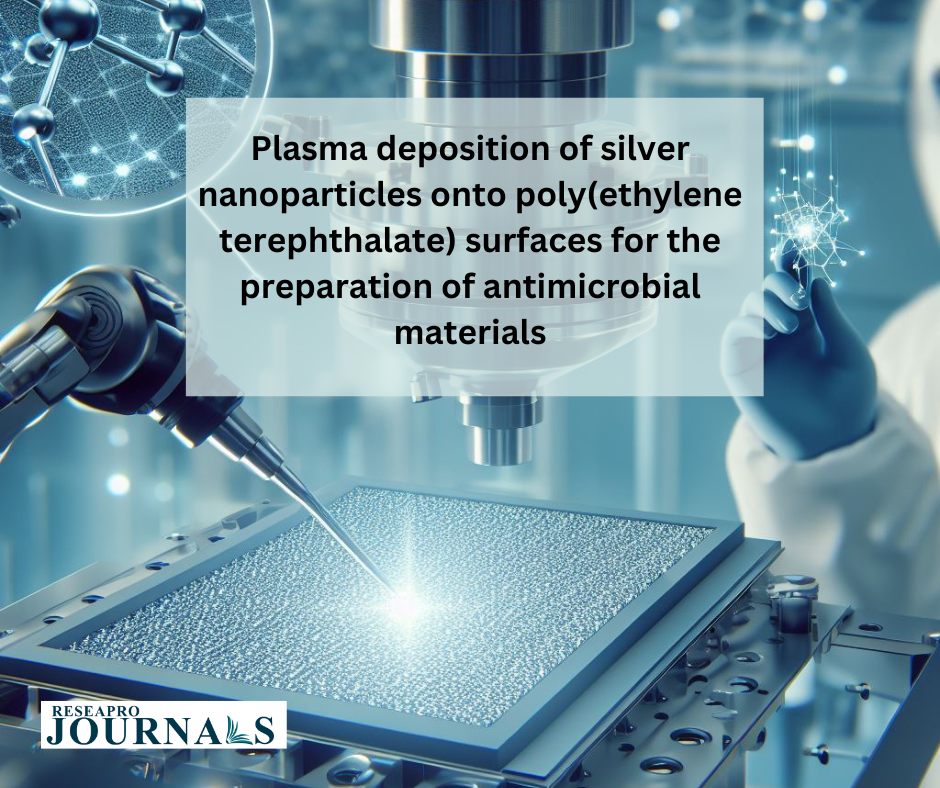
The increasing demand for hygiene and sanitation in various sectors has driven the development of innovative antimicrobial materials. Among these, plasma deposition of silver nanoparticles onto polymer surfaces has emerged as a promising technique with several advantages. This essay delves into the process, properties, and applications of these materials. Plasma deposition involves exposing a surface to a high-energy, ionized gas (plasma) containing precursors for the desired material. In this case, silver nanoparticles are formed by introducing a silver precursor (e.g., silver nitrate) and a carrier gas (e.g., argon) into the plasma chamber. The plasma bombards these molecules, causing them to decompose and react, ultimately forming silver nanoparticles on the polymer surface. Different plasma sources, such as DC or RF plasma, can be used, each offering unique advantages in terms of control and deposition rate.

- Surface pre-treatment: This involves cleaning and activating the polymer surface to improve adhesion of the nanoparticles.
- Introduction of precursors: The silver precursor and carrier gas are introduced into the plasma chamber.
- Plasma treatment: The plasma interacts with the precursors, leading to their decomposition and nanoparticle formation.
- Control of parameters: Precise control of pressure, power, and treatment time is crucial for achieving desired nanoparticle size, distribution, and adhesion.
Applications:
- Medical devices and implants: Coating medical devices like catheters and implants with silver nanoparticles can prevent infections and improve patient outcomes.
- Food packaging and containers: Incorporation of silver nanoparticles into food packaging materials can extend shelf life and reduce foodborne illnesses.
- Water filters and purification systems: Silver-coated filters can effectively remove bacteria and other pathogens from water sources.
- Antimicrobial coatings for textiles and surfaces: Fabrics and surfaces treated with silver nanoparticles can find applications in healthcare facilities, public spaces, and consumer products.
Plasma deposition of silver nanoparticles onto poly surfaces represents a promising approach for developing safe, durable, and effective antimicrobial materials. With ongoing research and development, this technology holds immense potential to revolutionize various fields by providing innovative solutions for hygiene and sanitation.
